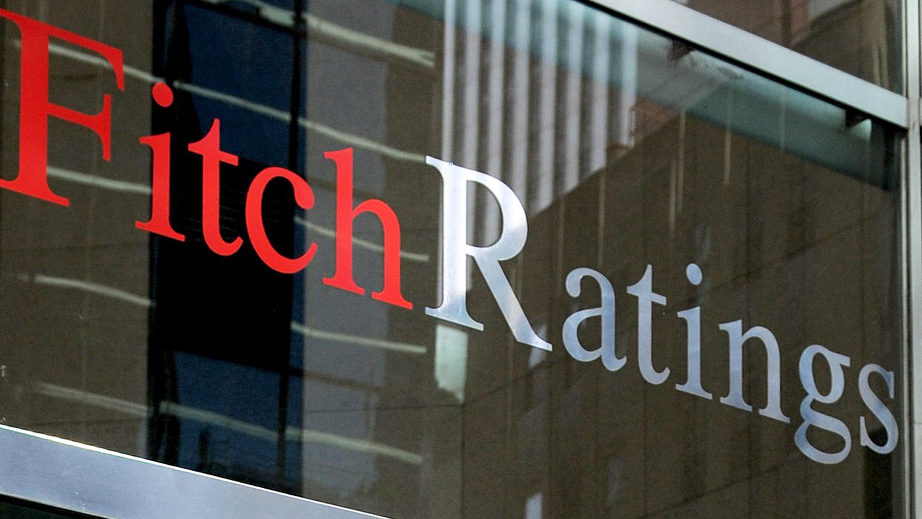Debt to GDP ratio forecast to be 133.4% in 2020 but markets ‘tolerant’ – Fitch
The Fitch agency highlighted that the ratio of Portuguese public debt to GDP is expected to be higher in 2020 than in 2014.
The rating agency Fitch highlighted on Friday that the ratio of Portuguese public debt to GDP is expected to be higher in 2020 than in 2014, but pointed out the “tolerance” of the markets due to the previous fiscal consolidation.
“Portugal’s recent fiscal stimulus will lead to higher public debt than in the eurozone sovereign debt crisis,” according to the agency, which, on the other hand, noted that “tolerance of debt has increased after several years of fiscal consolidation.”
The US agency notes that “government budget forecasts suggest a continued commitment to consolidation when the immediate impact of the coronavirus passes,” and does not expect major changes with the replacement of Mário Centeno by João Leão as Finance Minister.
“We do not expect that the recent resignation of Mário Centeno as Finance Minister will change fiscal policy substantially, given that João Leão, the Secretary of State for the Budget, will succeed Centeno,” said Fitch.
The agency also welcomes the fact that “the commitment to budgetary sustainability enjoyed broad political support before the pandemic, and political unity remained strong during the crisis,” which supports Fitch’s expectation of “continuity in the medium term.”
Highlighting the various measures in the supplementary state budget presented on Tuesday, Fitch notes that the package of measures envisaged “takes the total budgetary response to at least 22 billion euros (11% of GDP)”, which led the agency to change the forecast deficit to 6.4% of GDP (the government forecasts 6.3%), compared with the previous 4.0%.
“To finance the deficit, the supplementary budget doubles the ceiling for net debt issuance to 20 billion euros,” recalls Fitch, which highlights the arrival of the public debt ratio at 134.4%, according to the government’s forecast, a figure “slightly above the 2014 peak of 132.9%.
Fitch forecasts that Portuguese public debt will represent 133.4% of GDP in 2020 and 130.2% in 2021, and considers that “the budgetary risks of the state guarantees are highly uncertain”, assuming a value of 2.7 billion euros (around 1.3% of GDP) for 2021.
Pointing out that “the probability of the disruption coming from the pandemic would interrupt the trend of economic growth, debt reduction and resilience of the banking sector,” Fitch revised, in April, the outlook for the Portuguese debt rating from ‘positive’ to ‘stable’.
“However, the tolerance of debt to Portugal has improved since the eurozone crisis, due to a record of budgetary discipline, falling public debt, significantly lower marginal financing costs, a repayment profile manageable at long average debt maturity (7.5 years),” the agency highlights.
Fitch warns that the “uncertain duration and intensity of the pandemic” means that the negative risks are “substantial”, which, combined with the “threat of a more severe regional recession or domestic fall, for example, if tourism suffers a prolonged disruption,” could create “pressures” on fiscal policy.
Nevertheless, the agency “believes that the Portuguese authorities will maintain their prudent fiscal policy after the coronavirus crisis,” and that “public debt will return to its downward trajectory, despite starting from a higher starting point”.
Fitch’s analysis does not yet include the result of the measures proposed by the European Commission.


